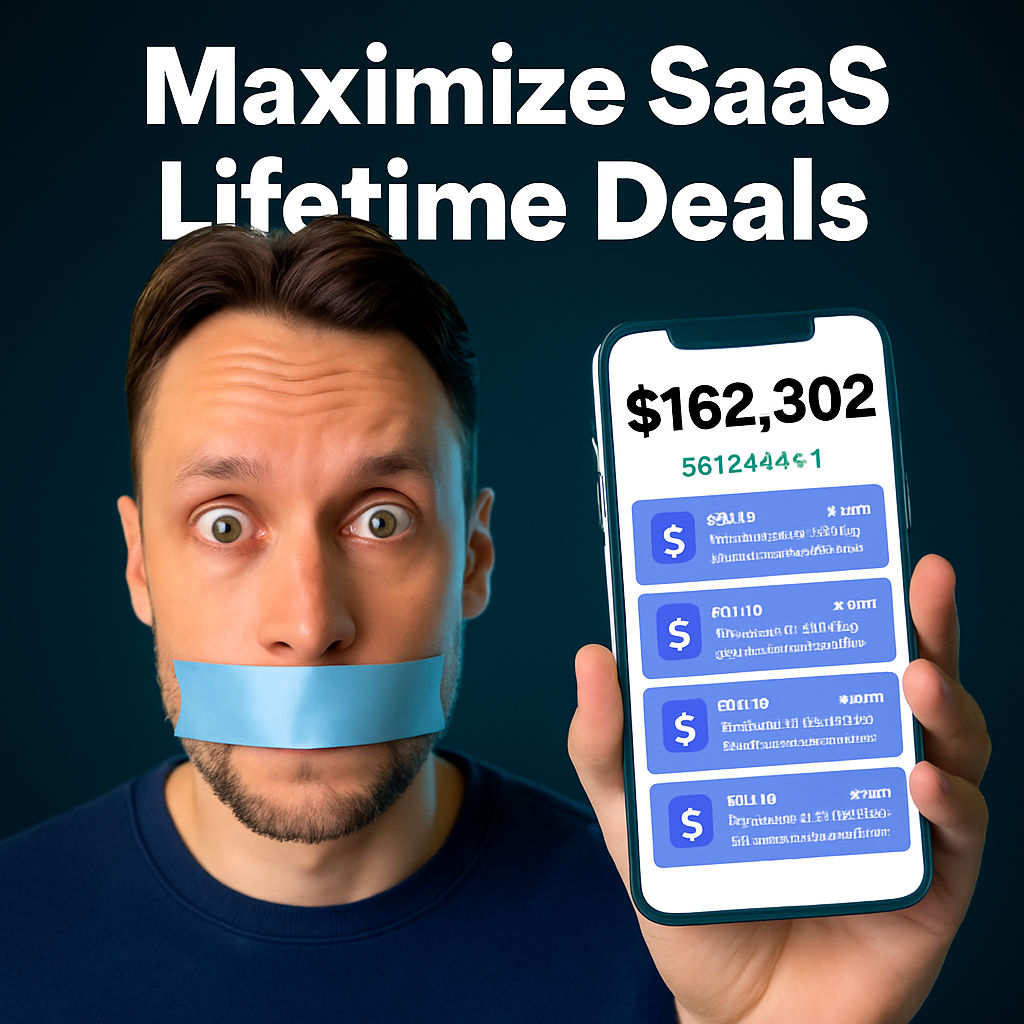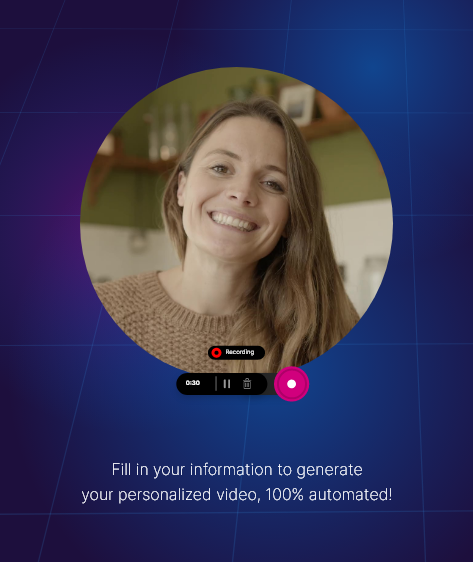If you’ve ever tried to build a personal brand, you’ve probably felt overwhelmed by all the advice out there. In 2025, the process of building a personal brand that attracts an audience and creates income doesn’t have to be complicated. With the right mindset, practical strategies, and emerging tools like AI, anyone can create a brand that stands out—even starting from zero.
Based on the original video:
Why Personal Branding in 2025 Is Simpler Than You Think
Forget the usual gatekeepers with “must-haves” like expensive cameras, giant budgets, or instant credibility. The reality: building a personal brand today is more accessible than ever. What really counts is authentic content, strategic positioning, and the ability to serve (and monetize) an audience with your genuine skills and interests. The digital landscape has evolved, and success now depends on matching your passion to a clear audience need—using strategies that work right now, not five years ago.
Key takeaways for 2025:
- You don’t need a large starting audience or professional equipment
- Your unique life experiences, combined with focused messaging, can become a magnetic brand
- AI tools can radically accelerate brand clarity and growth
Choosing Your “Category of One” Brand Position
Before you launch content, the most important step is deciding what you want to be known for. Many creators fail because they lack focus—jumping between topics without becoming an expert or recognizable voice in any one area. In 2025, specialization is still the fastest way to break through the noise.
Find Your Unique Interest Stack
Write down everything you’re naturally interested in, regardless of money potential. This brainstorming exercise helps you visually see possible brand angles—and moves your ideas from messy thoughts to actionable options. Whether you love anime, investing, fitness, or niche hobbies like collectibles, every interest can be monetized if there’s an audience searching for it.
For example, high-value Pokémon cards now sell for thousands on eBay—showing that even “just for fun” passions can become real businesses.
AI as Your Branding Brainstorm Partner
Ready to get clarity fast? Use AI platforms like ChatGPT to evaluate your interest list and generate personal brand position ideas. Example prompt:
“Act like a personal brand strategist for top creators. Based on these interests, skills, and values [insert your list], give me five distinct brand positioning angles—from broad to hyper-specific. Make each one feel like a category of one.”
This method quickly surfaces unique opportunities and ensures you’re not just copying existing creators. The AI’s output might surprise you—suggesting ways to blend seemingly unrelated interests into a new, magnetic identity.
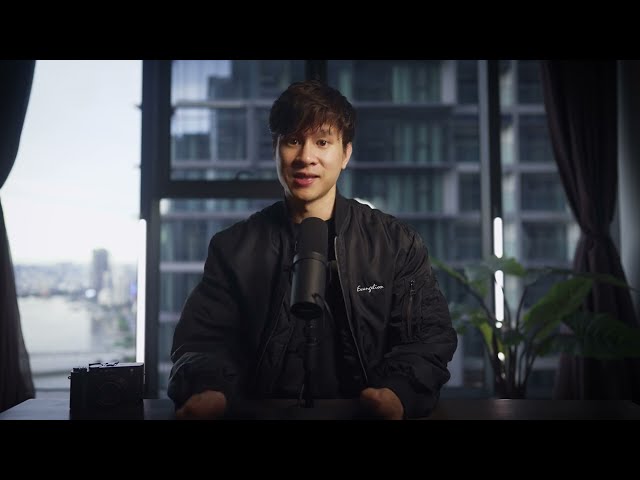
Translating Interests Into Real-World, Profitable Niches
Once the AI gives you some angles, test their business potential. For instance, “The Digital Reseller King” could create a YouTube channel teaching viewers how to flip hype collectibles for profit—blending entertainment with commerce. Or, an “Alt Asset Alchemist” could attract aspiring investors curious about why certain cultural items (like rare sneakers or art toys) gain value over time.
Don’t be afraid to get creative. Even if your interests seem niche, the global audience means there’s almost always a market, whether you’re into home crafts, music, or collectibles.
Who Are You—And Who Are You Not?
Brand clarity isn’t just about what you stand for; it also means defining what you don’t represent. Maybe you’re committed to teaching personal branding in an authentic way—without flashy, unrealistic “Lamborghini” lifestyles. This self-defined border keeps your content focused, honest, and appealing to like-minded audiences.
Your Contrarian Edge: Believe What Others Don’t
Take a stance. Audiences love strong, evidence-backed opinions—especially if they challenge conventional wisdom. For instance, teaching the importance of gold investments before it’s trendy, or honestly critiquing outdated career advice. Being early, right, and vocal can cement your reputation as a thought leader.
Get Feedback From Your Inner Circle
Ask your friends, family, and colleagues what strengths or talents they see in you. These outside perspectives often reveal unique skills or character traits you’ve overlooked—which can become pillars of your brand identity.
Validating Market Demand Before Going All-In
Before investing massive effort in content creation, make sure real people are already searching for and spending money on your topic. This ensures your personal brand isn’t built on wishful thinking.
Research the Competition—Strategically
Find established creators producing content in your chosen niche. Study their offerings, revenue streams, and engagement:
- Sign up for their newsletters
- Review their sales funnels and booking processes
- Note what products or services they sell (courses, consulting, digital goods, etc.)
Pro tip: Look for revenue models that fit your own skills and goals. You don’t have to copy, but do learn which strategies are proven within your market.
Leverage Keyword Tools for “Hidden Goldmines”
Tools like VidIQ help reveal keywords with high search demand and low competition. This can be your shortcut to fast organic growth—by targeting “long tail” searches others ignore. For instance, ranking for “tech sales” videos is how the creator of the original video landed some of their earliest viral success, even with average production values.
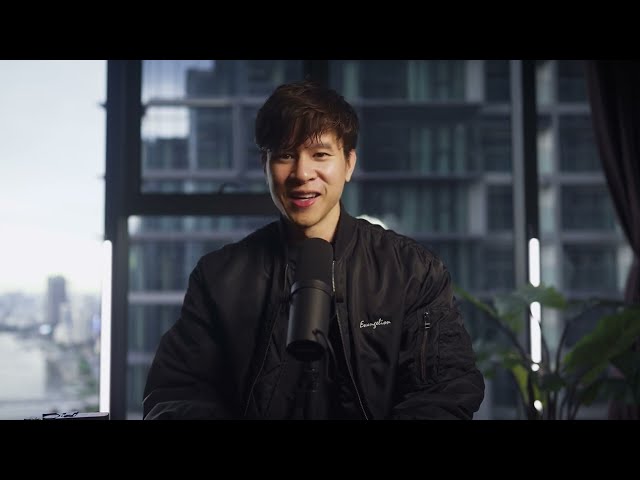
Market Gaps = Opportunity
The fastest way to stand out on any platform is to identify what’s missing in your niche. Are there subject matters, perspectives, or content formats no one is serving? For example, discussing the long-term business side of flipping collectibles—or diving into the psychology of scarcity—can differentiate you from the “quick flip” noise.
“Purple Cow” Thinking
Stand out by doing what others aren’t. Whether it’s a fresh, youthful perspective in a market filled with veterans, a unique personal story, or production quality that outshines the status quo—even simple differences can catapult your brand. As Seth Godin’s “purple cow” analogy goes: in a world full of black-and-white cows, everyone pays attention to the purple one.
Should You Niche Down or Go Broad?
At the beginning, focus is key. Niching down helps you become the “big fish in a small pond,” giving you more visibility and authority. Once you have a loyal audience, you can expand into broader topics. In the early stages, specificity beats generality.
Infusing Your Unique Flavor
Your story, your interests—even your quirks—are assets. If you love travel, fitness, or anime, integrate related references, visuals, or analogies into your content. This makes your brand relatable and memorable and draws in an audience that feels personally connected to you.
This approach is supported in the article Guide: How to Create Video Content?, which dives deeper into combining storytelling with technical strategy to maximize audience engagement. If you’re unsure how to make your content more dynamic, studying real-world video examples is a great starting point.
Content Formats That Work for New Personal Brands
You don’t need fancy studios or a celebrity guest-list to build authority. To get traction, try these easy-to-produce but impactful content formats:
- Inspiring & Teaching: Share knowledge, strategies, or frameworks you’ve learned. Tutorials and deep-dives work well, and can be filmed in simple setups.
- Document Your Journey: Show your process, wins, challenges, and behind the scenes in vlogs. People love seeing real progress—and authenticity always sells.
- Reporting: Cover breaking news, trends, or emerging case studies in your field. Even if you’re not an expert (yet), sharing valuable information builds your reputation over time.
For beginners with no credibility or client base, start by reporting and curating industry news. Over time, as you build expertise, you’ll naturally transition into more opinionated or instructional content.
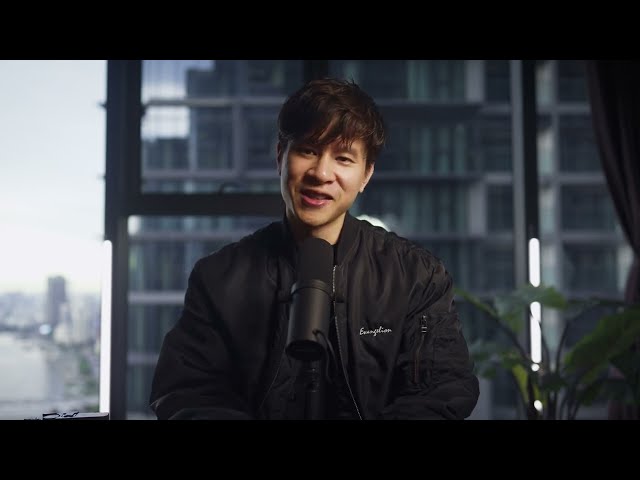
Finding Great Content Ideas: The Real Creator’s Secret
The most time-consuming part of content creation isn’t filming or editing—it’s idea discovery and “packaging.” Successful creators spend up to 70% of their time researching trending or under-served topics, analyzing top-performing videos, and crafting compelling titles/thumbnails.
Steal Like an Artist (But Remix)
Follow channels in and out of your industry. When you spot an outlier—something that performs much better than that creator’s usual content—analyze why it worked, then adapt the core idea to your niche with your own style and expertise.
Much innovation comes from borrowing proven ideas and remixing them for fresh audiences. The best concepts often come from industries totally different from your own!
The Power of Consistency and Volume
Many aspiring creators give up just before their breakthrough. The reality is, early videos may only get 30 or 50 views—but improvement comes with repetition. Consistency isn’t just “shipping content”—it’s also reviewing what works, doubling down on winning ideas, and trying fresh approaches.
Your skills in communication, editing, and storytelling improve exponentially with practice. Treat content creation as a job—not a hobby. Over time, your audience (and income) will reflect your commitment and persistence.
Optimize with Data
After posting multiple videos, review metrics: which titles get the most clicks, and which videos hold attention? Repurpose and “remix” your best-performing content with new perspectives.
Turning Your Audience Into a Sustainable Income Stream
A personal brand isn’t just about views—it’s also about building a real business. If your brand doesn’t help you earn an income, it remains a hobby. Many creators make the mistake of focusing only on content, not on revenue-generating offers.
- Courses, eBooks, Digital Products: Information products require no inventory and offer high margins.
- Coaching & Consulting: Offer one-on-one or group mentorship (easy to launch, scalable over time).
- Services: Directly serve clients with your expertise—especially valuable while building reputation.
- Brand Sponsorships & Affiliates: Useful for supplementing income, but unstable as primary revenue.
AI can even help you prioritize monetization strategies. Prompt it to rank options by speed, scalability, and fit for your skills. For most, the quickest win is launching a premium coaching or mentorship offer, then leveraging those results to scale info products or group programs.
Mapping the Brand Blueprint: Idea to $10K+/Month
The strategy covered here—from niche selection and market validation to consistent content and monetization—has helped countless creators exit 9-to-5 jobs and build full-time personal brands. Focus on owning your customer relationships and developing offers that fit your audience’s needs.
Frequently Asked Questions
How do I choose the right personal brand niche in 2025?
Start by identifying your strongest interests and skills, validate potential market demand, and use AI to generate distinct brand positioning ideas. Test these angles by researching competitors and seeking feedback from your network before doubling down.
Is it necessary to have expensive equipment to build a successful brand?
No. Authentic content and message clarity are far more important. Start with what you have—high-quality ideas can outperform high-budget production, especially when you focus on serving your target audience’s real needs.
How can AI help accelerate my brand growth?
AI tools offer branding prompts, validate niche opportunities, analyze competitors, and brainstorm content formats or monetization models faster than manual research—saving time and helping you make strategic decisions in hours instead of months.
What types of content should I create when I’m just beginning?
Start with educational tutorials, documenting your personal journey, or reporting news and trends in your industry. These formats are simple, require minimal resources, and help establish authority quickly.
How do I balance content production volume with quality?
Focus on producing a high volume of content first, using data to identify what works. Double down on successful formats or topics, refining your style and presentation as you learn from audience feedback and analytics.





